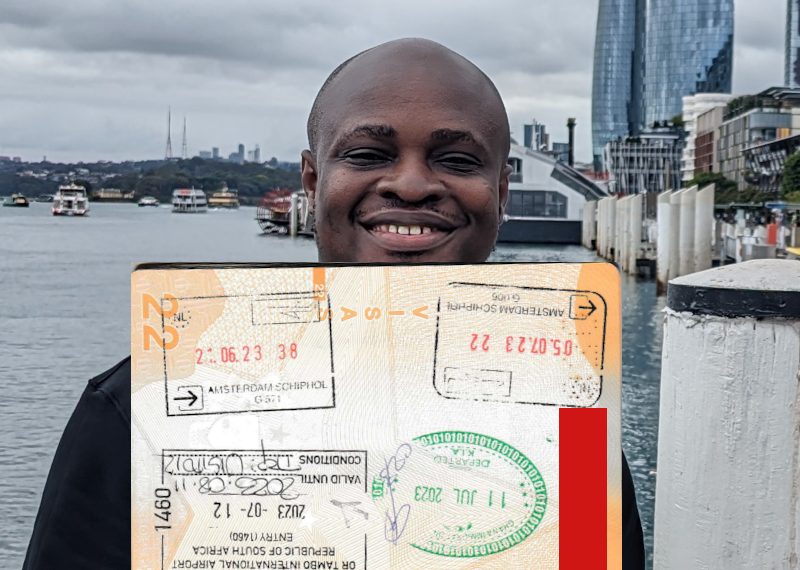In an era marked by evolving travel norms, a significant change is sweeping across the globe: the gradual departure of entry and exit stamps. While these fading ink imprints might seem like a small sacrifice, they have significant implications for travelers, particularly when it comes to visa applications and proving our travel history.
I’ve recently experienced this shift firsthand during my travels to Australia and Singapore. These two nations have done away with traditional entry and exit stamps, pioneering automated systems for exit without the need for a physical immigration officer. Singapore, in particular, is at the forefront, envisioning a future where passports may become a relic of the past. The European Union is also contemplating the abolition of entry and exit stamps.
As a dedicated travel blogger, I’ve come to cherish these stamps. They serve as tangible reminders of my journeys, evoking memories of far-flung destinations. Yet, beyond the sentimental value, these stamps play a crucial role in the practical aspects of travel.
One such practicality is the ease of completing visa application forms. Travelers like me often need to provide detailed accounts of past trips when applying for visas. With a rapidly expanding list of destinations, relying on memory alone isn’t the most dependable option.
Moreover, these entry and exit stamps act as a form of verifiable proof of our immigration history, a key factor that can expedite the visa application process. Some countries, like Australia, Canada, New Zealand, the United Kingdom, and the United States, share immigration data, making verification a seamless process for travelers within this network.
Additionally, the Schengen Area countries utilize the Visa Information System (VIS) to share immigration data among member states. This ensures that Schengen travel history can be efficiently accessed. However, the real challenge arises when you visit a country that doesn’t partake in such data-sharing arrangements.
So, what can travelers do to adapt to this changing landscape and effectively substantiate their travel history?
One pragmatic approach is to retain your boarding passes. While they can’t replace entry and exit stamps entirely, they serve as supplementary proof of your travels. Nonetheless, boarding passes do have a drawback—the ink tends to fade over time. To safeguard against this, it’s advisable to keep scanned copies of your passes securely stored.
In cases where visa officers remain doubtful about the authenticity of boarding passes, they might resort to contacting the immigration departments of specific countries to independently verify your travel history. Unfortunately, this avenue could considerably extend visa processing times.
For seasoned travelers like myself, entry and exit stamps have often been our gateway to swift, hassle-free border crossings. As we bid adieu to these familiar stamps, we might also bid farewell to the privilege of breezing through immigration lines without a barrage of questions.
Yet, amid these changes, a potential solution beckons on the horizon: a global centralized immigration database. This comprehensive repository would house biometric data for all travelers. When a traveler encounters an immigration officer, their biometrics and facial ID could be used to retrieve their entire immigration history from the database. The officer could then ascertain whether the traveler possesses a valid visa for the country.
Automated systems could streamline this process further, matching the applicant’s facial ID with the information in the central database and promptly granting entry upon confirmation of a valid visa.
As we venture into the era of passport-free travel, one question looms large: Are we on the cusp of a new global immigration system—one that will revolutionize the way we navigate the world? Only time will reveal the answer. In the meantime, let’s adapt to the changing landscape of travel documentation while cherishing those fading entry and exit stamps.
Still have some travel questions? Ask in our Travel WhatsApp Group.








